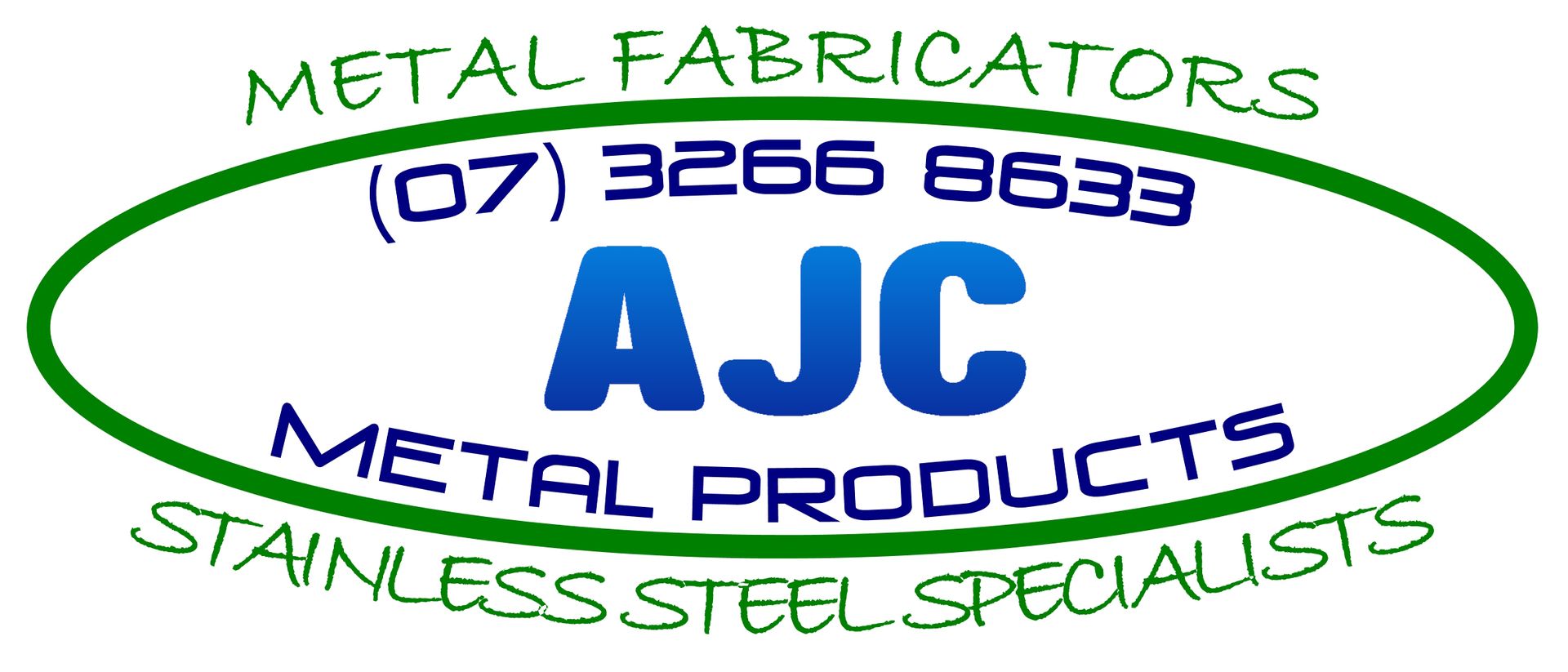Steel is one of the most durable and versatile construction materials available. Not only does steel form the framework for most buildings you pass each day, but steel also makes up many railings you may lean on and benches where you may rest. A steel gate and fence can protect your property from intruders and beautify your main entrance. Outdoor steel railings help ensure that your employees and patrons can safely navigate your property. In this blog, we cover the basic design and maintenance steps needed to get the most out of these commercial steel structures.
Stainless steel is a versatile metal that people around the world use for projects of all sizes, from buildings to watches. You likely use stainless steel every day without realizing it. Although you use this metal so often, how much do you really know about it? Consider these interesting facts about stainless steel the next time you use this common metal.
Regardless of what industry you operate in, your company signage is key to how well your business does. You need a sign outside that tells customers who you are and what you do. You need signs inside to indicate whose office is whose and which way to go to find the restroom. You need signs to warn employees of danger or to leave vital instructions. Engraved signage represents the best medium for all these signs. A modern business can utilise all of these different types of signs and have them last forever. The signs stay readable for years, and the company avoids spending money on replacement signs. In this blog, we go over eight of the top benefits of engraved signage for your company.
After you invest in a metal product, you want it to keep its original shine for as long as possible. Like most materials, metal products can get stains and smudges. However, you can keep your metal looking like new by using some simple cleaning methods, such as those we discuss below.
Laser engraving represents one of the most versatile and accessible forms of marking available. For this reason, contractors, industrial manufacturers, site managers and even homeowners use this process for applications in a variety of industries. Even if you don't work in a commercial or industrial setting, you've probably seen laser engraved signs, mementoes or awards. In this blog, we discuss the five most common applications of laser engraving and when you might want to hire a professional to provide these services.
When you hear the word 'aluminum,' you may think of soda cans or other food and beverage containers. But the uses of aluminum extend far beyond food packaging. In a previous blog, 'The Advantages of Stainless Steel,' we introduced you to one of the most commonly used construction and manufacturing materials currently available. In this blog, we discuss fabricated aluminum, which represents one of the only materials advantageous enough to compete with stainless steel in some applications. Beneficial characteristics of fabricated aluminum include the following.
Most people have heard of stainless steel at some point in their lives. They have likely seen this material used in a wide variety of products, from kitchenware to medical instruments, yet few realize why so many designers prefer this material to others. If you're looking for a strong, versatile material, consider the following benefits of stainless steel.
Want to know what we can do for you? Call us today on 07 3266 8633 for an obligation-free quote!
